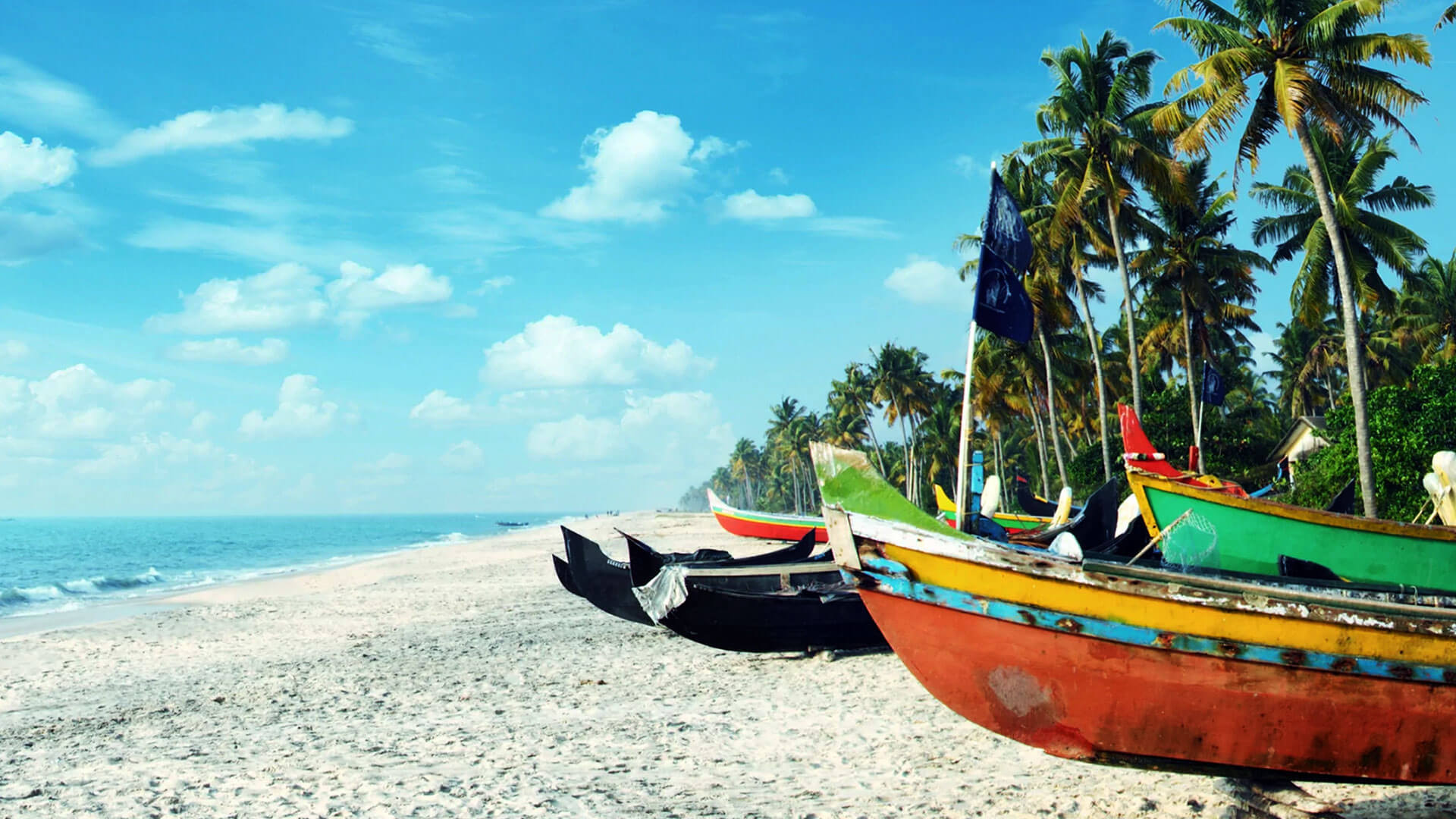Colva Beach
Colva Beach
Colva is a town in South Goa, just 8 km away from Margao and popular for its beach.
The village had significant importance to Portuguese and was the retreat for Goa's high society, who would come to Colva for their mudança (change of air). Today the Portuguese area is dotted with houses or villas, including many ruins. On weekends, huge crowds of tourists, visitors from around the world as well as local Indians, enjoy the sunset and various activities. The beach is particularly busy in October, when hordes of religious pilgrims come and visit Colva Church, called Igreja de Nossa Senhora das Merces (Church of Our Lady of Mercies), that was founded in AD 1630 by the Roiz family and rebuilt in the eighteenth century on the village square.
The local people have been fishermen since the mid-16th century. They include Hindu converts as well as migrants from various Portuguese overseas territories such as Angola, Mozambique, Brazil, etc. as well as Portugal itself.
Colvá was a vast barren uninhabited land with a scenic Arabian Sea beach that had beach plants such as scaevola sericea until a few Harim (fisherfolk community) settled there as migrants, primarily in the neighbouring village of Benaulim. The Mughal Empire, and the Adil Shahi dynasty preferred the north and hilly regions of Goa, where they built forts and defences, rather than the coastal belt, and hence had not settled the barren land of Colvá. It was the Portuguese conquest which established the western regions of South Goa as a full-fledged human settlement.
Colvá was under Portuguese administration, as the Province of Portuguese-Goa, from 1510 until 1961 (and was still under dispute and represented in the Parliament of Portugal till 1974/75). It was the village of the Portuguese Roiz family, the descendants of D. Diogo Rodrigues, and its villagers. The village had belonged since 1550 to D. Diogo Rodrigues, who was the Lord of Colvá (Landlord of Colvá). He built the first Portuguese architecture residential house in 1551 facing away from the sea and at a distance from the shore to avoid any enemy attacks from the Arabian Sea. The entire beach called Praia da Colvá belonged to him.
In the 18th century, one of Diogo's descendants, Sebastião José Roiz, ordered the village people to plant coconut trees along the entire coastline, which the villagers thought was a waste of time as the soil was white and thus infertile and unable to sustain their growth. However today the shore line is fringed by those plantations of coconut trees. The entire Colvá shore and beach property as far as Betalbatim was inherited by various descendants of the Roiz family until the late 20th century, after which parts were handed over to the Government of Goa under the post-1974 Indian administration following the 1961 annexation of Goa by India. The rest of the land was sold.
Culture
Religion
Colvá is predominantly Roman Catholic and has Hindus as well as Muslims. The recently constructed Mangueshi temple is the presence of a growing Hindu population in Colvá. The main village church has various masses and novenas at various times of the year. The traditions of saibin or Mother of Jesus visiting each one's home is still continued. The traditional feast called Fama is celebrated on the 2nd Monday of October every year, and pilgrims from around the world take part.
Food and beverage
Colvakars, or people from Colvá, love fish and seafood. The cuisine is influenced by Hindu God Saraswat Brahmin origins and four hundred years of Portuguese governance and recently a blend of modern techniques. The locals enjoy rice with fish curry (xitt kodi in Konkani), which is the staple diet in Goa. Colvá cuisine is famous for its rich variety of fish dishes cooked with elaborate recipes. Coconut and coconut oil are widely used in cooking along with chili peppers, spices and vinegar, giving the food a unique flavour. Various seafood delicacies include kingfish (visvonn, the most common delicacy), pomfret, shark, tuna and mackerel. Among the shellfish are crabs, prawns, tiger prawns, lobster, squid and mussels. Colvá food has pork dishes such as vindaloo, chouriço and sorpotel. Beef dishes and chicken xacuti are cooked for major occasions amongst the Catholics. Sannas are relished. A rich egg-based, multi-layered sweet dish known as bebinca is a favourite at Christmas. Rissóis de camarão, beef croquettes, fried mussels and semolina prawns are favourite starters.
REVIEW
LINK
- GoaCentral.Com - Colva Beach"
- "Colva Fama" at GoaTourism.gov.in
- Colva Photographs, 2012

Comments
Post a Comment